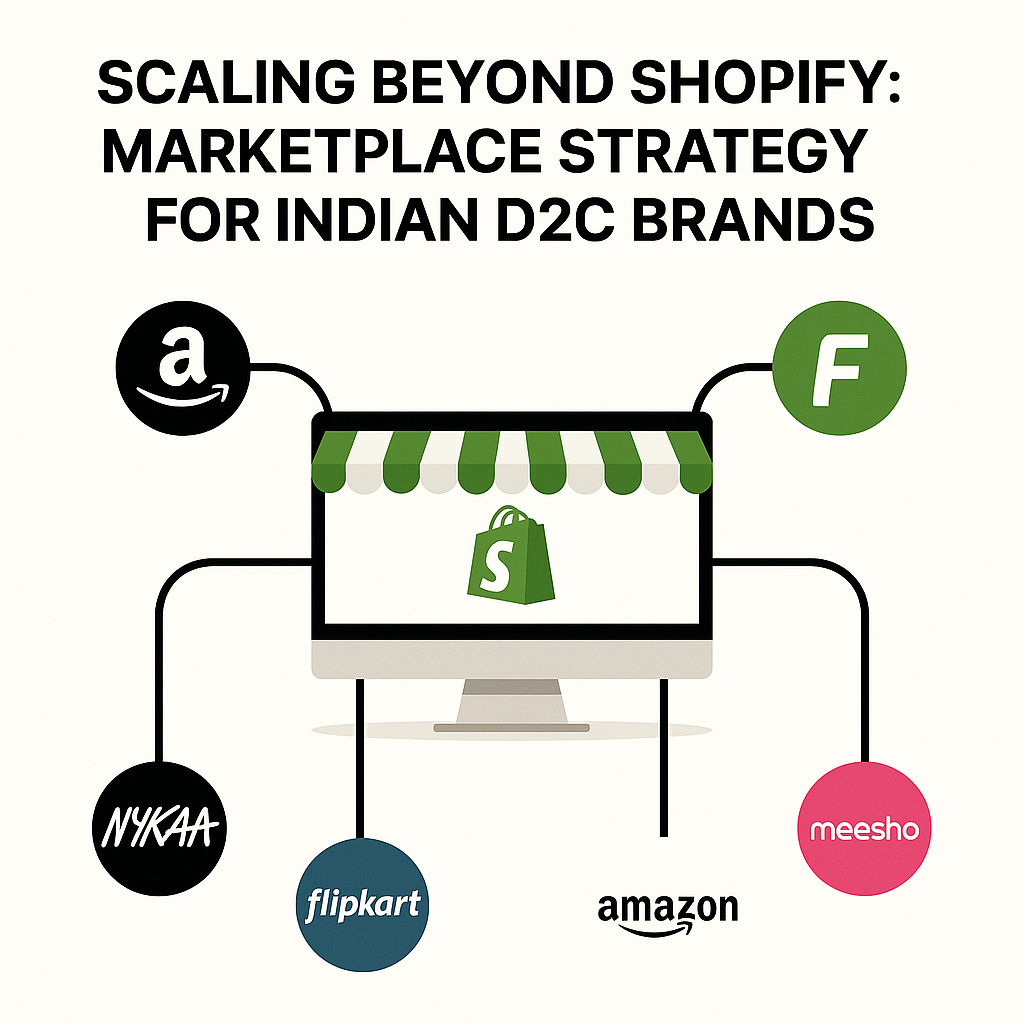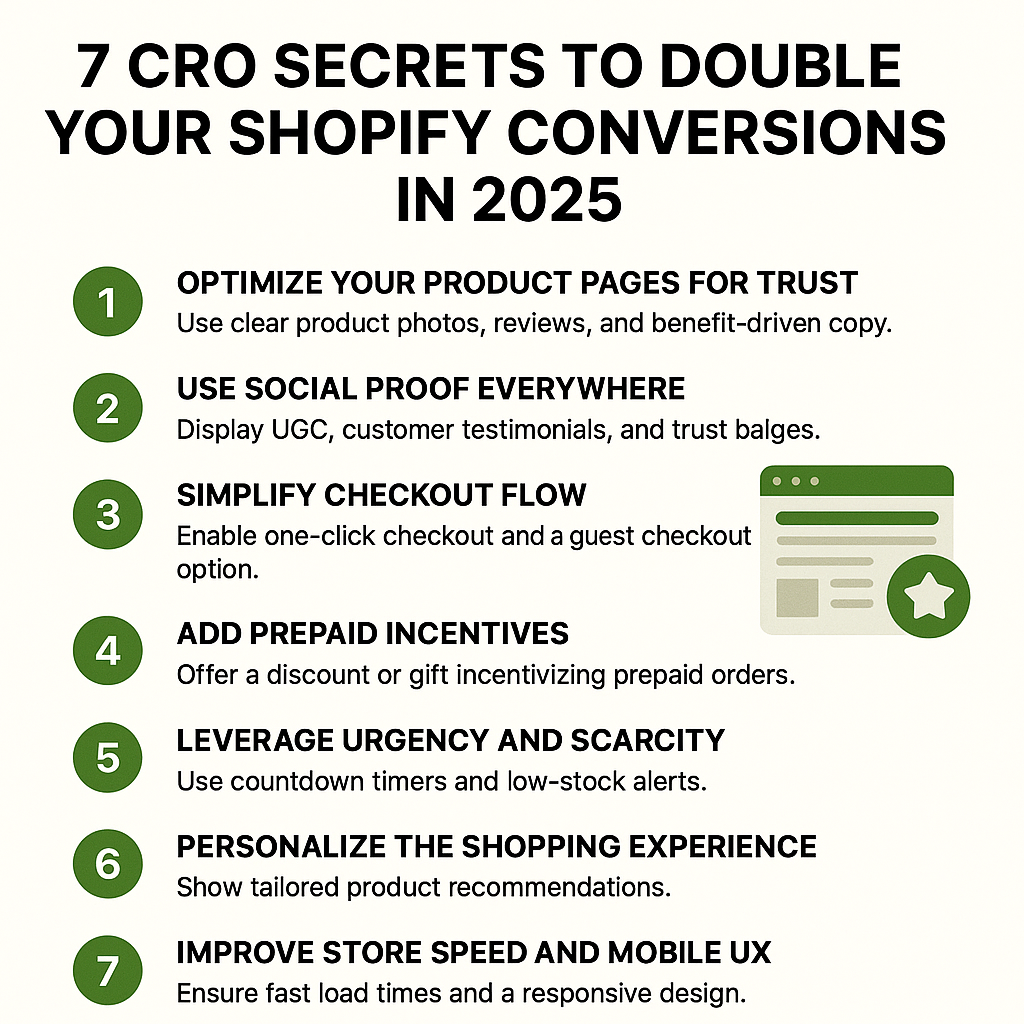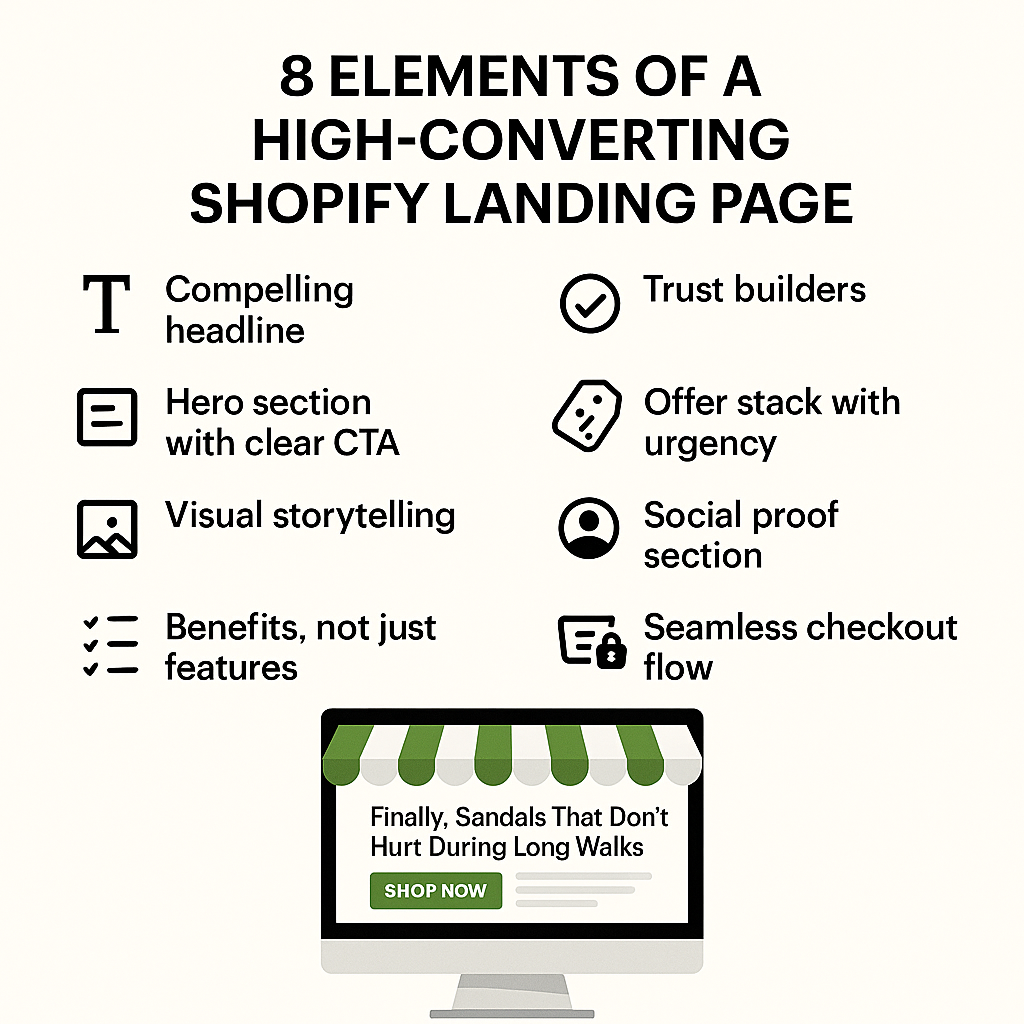
Scaling Beyond Shopify: How Indian D2C Brands Can Expand to Marketplaces Without Losing Profitability
Shopify has become the backbone of thousands of Indian D2C brands. It gives founders complete control over their website, branding, and customer experience. But here’s the reality: if you want to scale beyond a certain point, you cannot rely on your Shopify store alone.
Platforms like Amazon, Flipkart, Nykaa, and Meesho dominate India’s online shopping landscape. Customers are increasingly beginning their product searches on marketplaces rather than Google. Ignoring these channels means missing out on millions of potential buyers.
However, expanding into marketplaces comes with its own set of challenges—most importantly, protecting your profit margins. In this blog, we’ll explain how Indian D2C brands can scale beyond Shopify into marketplaces while staying profitable in 2025.
Why Marketplaces Are Essential for Scaling
1. Customer Discovery Happens on Marketplaces
In India, Amazon and Flipkart are often the first place shoppers look for new products. For certain categories like fashion, beauty, and electronics, being absent on these platforms means being invisible to a large chunk of your audience.
2. Trust and Convenience for Customers
Marketplaces have strong logistics, easy return policies, and prepaid/COD options that customers already trust. This increases purchase intent.
3. Higher Volumes and Wider Reach
A Shopify store might help you build a loyal base, but marketplaces allow for volume-driven scaling, especially in Tier-2 and Tier-3 cities where COD dominates.
The Risks of Expanding to Marketplaces
-
High Commission Fees – Amazon and Flipkart often charge 15–30% commission on each order.
-
RTO and Return Rates – Marketplace customers are more likely to return or cancel products.
-
Brand Dilution – Marketplaces prioritize price over brand, making it difficult to differentiate.
-
Inventory Management – Balancing stock between your Shopify store and marketplaces can be complex.
The challenge is finding the right balance—marketplaces for scale, Shopify for profitability and brand building.
Strategy 1: Build Shopify as the Brand Hub
Never treat marketplaces as your primary store. Your Shopify website must remain the central hub for brand identity, storytelling, and retention.
Action Points:
-
Create premium bundles and exclusive offers available only on Shopify.
-
Invest in storytelling, blogs, and community-building on your own store.
-
Use marketplaces only for discovery and customer acquisition.
Strategy 2: Use Marketplaces as Lead Generators
Every order you get on Amazon or Flipkart should be seen as an opportunity to bring customers back to Shopify.
Tactics That Work:
-
Insert flyers, coupons, or QR codes in packaging offering discounts on the official Shopify store.
-
Run loyalty programs that are only redeemable on Shopify.
-
Use post-purchase WhatsApp flows to shift customers into your ecosystem.
Strategy 3: Control Your Margins with Smart Pricing
Since marketplace commissions are unavoidable, your pricing strategy must adapt.
How We Do It for Clients:
-
Keep MRP consistent across Shopify and marketplaces.
-
Use discount-based differentiation (e.g., extra discounts on prepaid Shopify orders).
-
Push higher-margin bundles on your Shopify store while selling single SKUs on marketplaces.
Strategy 4: Automate Inventory & Order Management
Nothing hurts brand reputation faster than stockouts or delayed deliveries.
Recommended Tools:
-
Unicommerce or Vinculum – for multi-channel order syncing.
-
Shiprocket Fulfillment – for auto-routing marketplace vs Shopify orders.
-
Zoho Inventory – for integrated reporting.
Automation ensures you don’t oversell and keeps logistics costs under control.
Strategy 5: Use Marketplaces for Category Domination
Instead of spreading yourself thin, use marketplaces to dominate specific high-volume categories.
Example:
A cookware brand might list only stainless steel kadhai and triply cookware on Amazon, while driving niche SKUs and premium bundles through Shopify.
Focused strategy = higher ranking + better profitability.
Case Study: Kitchenware Brand Scaling to ₹5 Crores
A D2C homeware client at WebInterest scaled aggressively in 2024–25 by combining Shopify and Amazon.
-
Amazon for single SKUs and category visibility
-
Shopify for festive combos and premium launches
-
QR-based coupon system to bring 28% of Amazon customers back to Shopify
Result: Monthly sales jumped from ₹25 lakhs to ₹5 crores in under 12 months, with profitability intact.
How WebInterest Helps You Scale Beyond Shopify
We offer end-to-end solutions for D2C brands expanding to marketplaces:
-
Shopify store positioning and optimization
-
Marketplace listing setup
-
Pricing and margin strategy
-
Multi-channel logistics setup
-
Retention funnels to bring customers back to Shopify
-
Ad campaigns integrated across Meta, Google, and marketplaces
Conclusion
Scaling beyond Shopify is not optional—it’s essential for Indian D2C brands in 2025. The key is to treat marketplaces as growth accelerators, not brand homes. Keep your Shopify store as the foundation, and use marketplaces strategically to expand reach while protecting profitability.
Ready to Scale Beyond Shopify?
Let’s design a growth strategy tailored to your brand.
👉 Book Your Free Multi-Channel Scaling Consultation


